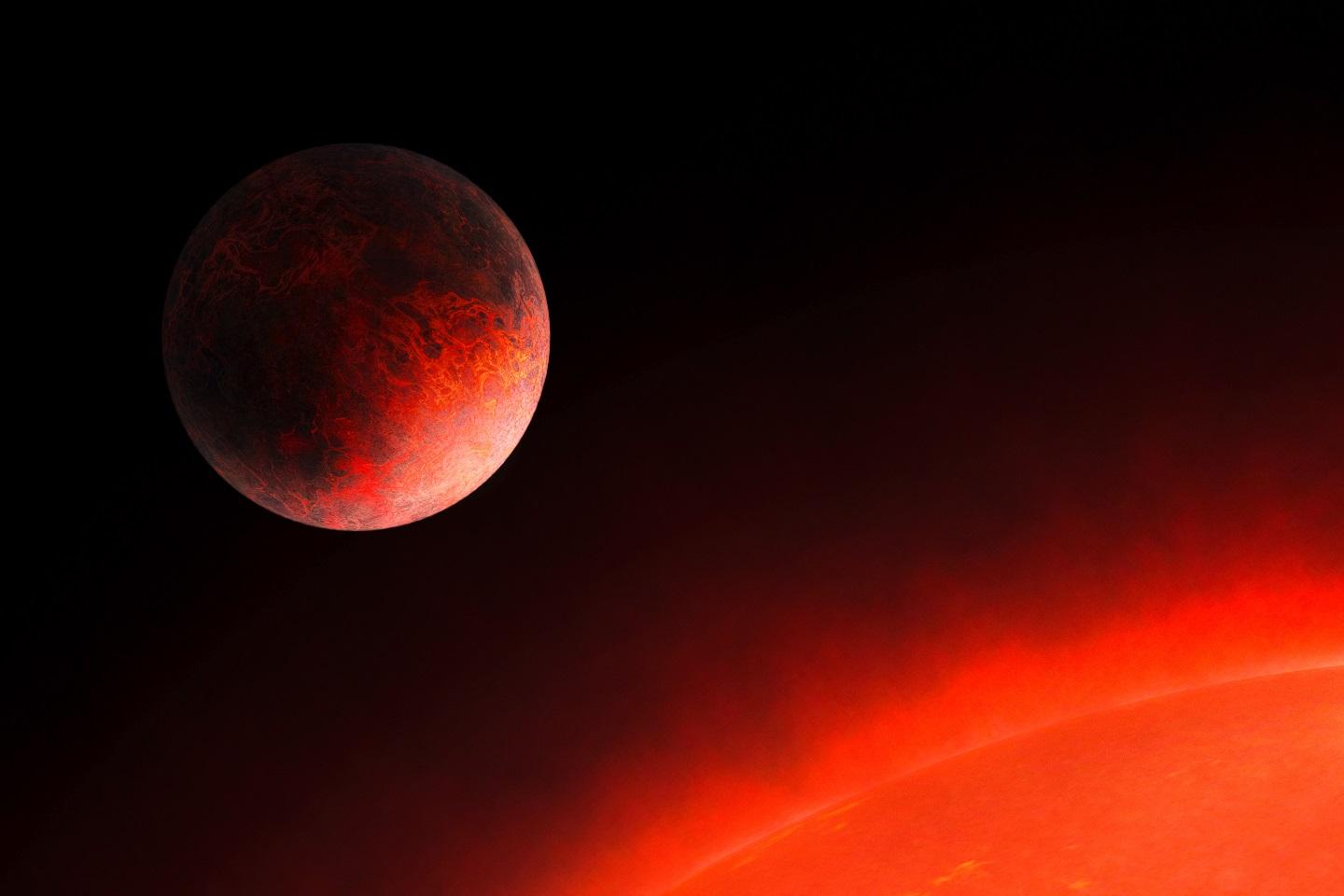We report the detection and characterization of the USP planet GJ 367 b using high-precision photometry and radial velocity observations.
At half Earth’s mass, the newly discovered planet is one of the lightest among the nearly 5,000 exoplanets known today. With an impressive velocity of less than 8 hours for an orbit, GJ 367 b belongs to the class of the “fast runners”.
With a diameter of just over 9,000 kilometers, GJ 367 b is slightly larger than Mars. From the determination of radius and mass he can be classified as a rocky planet.
The distance of just under 31 light-years from Earth is ideal for further investigations. Especially to study how rocky planets like Earth form and evolve.
The new exoplanet’s host star, a red dwarf named GJ 367, is only about half the size of the Sun. This was advantageous for the discovery, because the transit signal of the orbiting planet was particularly strong.
The results were published in the journal “Science” on December 2, 2021.
Here you will find an article of the DLR.
Or click here for the publication of the Technische Universitaet Berlin in English and German.

